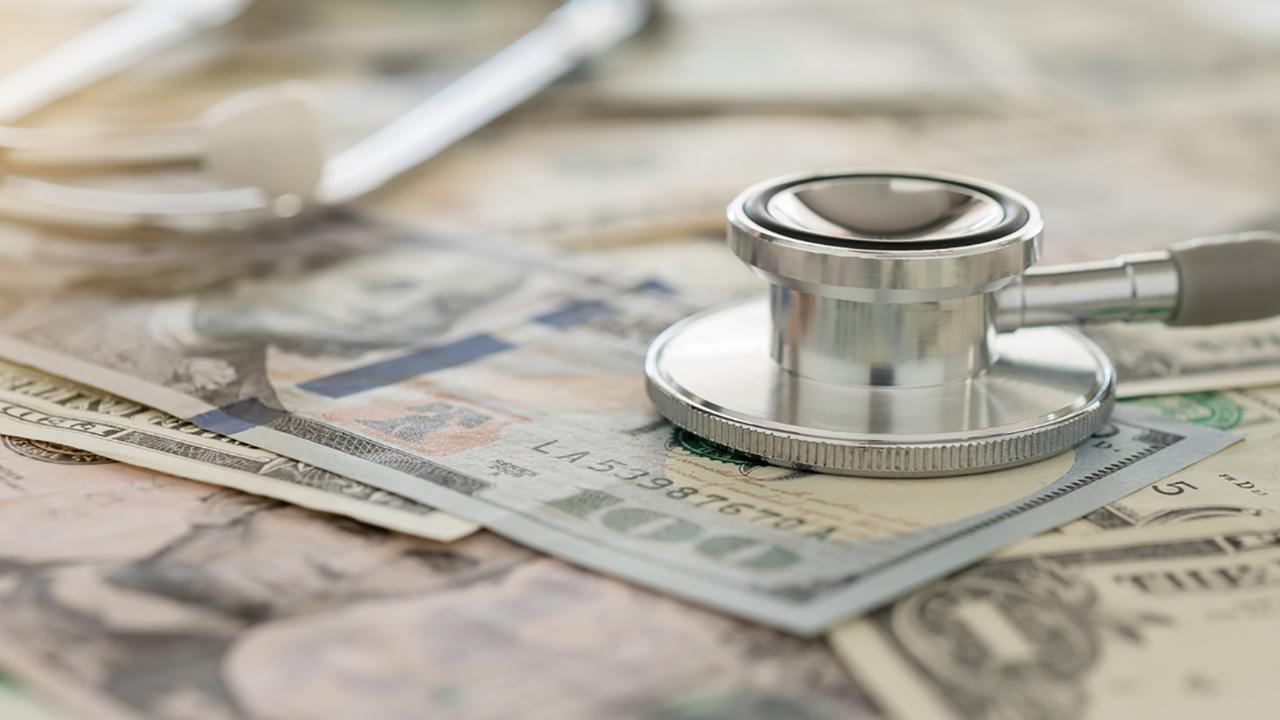Why are Baby Boomers facing higher prescription costs?
Health insurance is one of the biggest concerns for Baby Boomers as they retire and begin their golden years. But for those dealing with chronic heart disease or diabetes the cost for their medication could compromise their life savings and wipeout their retirement portfolio. Part D prescription drug coverage does not cover the increasing cost of these drugs.
An expiring provision of law that affects what Medicare Part D beneficiaries must spend out-of-pocket will significantly increase the financial burden of people with the highest drug costs unless Congress takes action, warns The Senior Citizens League. “Medicare beneficiaries with Part D are one of the only insured groups in the U.S. who aren’t protected by a cap on annual-out-of-pocket spending,” says Mary Johnson, a Medicare policy analyst for The Senior Citizens League.
Johnson discussed with Fox Business what you need to know about the increased out of pocket expense Boomers will see with their prescription purchases.
Boomer: What is the Medicare Part D provision that is set to expire at the end of 2019?
Johnson: The expiring provision was one of several new Medicare Part D benefits contained in the 2010 Affordable Care Act. Dubbed “filling the doughnut hole” the provisions have lowered out-of-pocket costs for Medicare beneficiaries who must take expensive prescription medications which exceed the Part D’s initial coverage limit, and thus pushes them into the Part D doughnut hole coverage gap. The provision that’s expiring restrained the growth in the total out-of-pocket spending on prescription drugs required to qualify for Part D’s “catastrophic coverage.” This stage of coverage has lower co-insurance, and it kicks in when beneficiaries spend a total of $5,100 out-of-pocket in 2019.
Since 2010, the out-of-pocket spending threshold required to qualify for “catastrophic coverage” increased a total of $550, from $4,550, to $5,100 in 2019 —about $61 per year. But when the provision expires at the end of the year, the Part D catastrophic threshold is estimated to rise by $1,250 from $5,100 in 2019 to $6,350 in 2020. According to the 2018 Medicare Trustees report the out-of-pocket threshold will continue rising by more than $440 per year thereafter.
Although drug plans vary significantly, the 2019 “standard Part D benefit” has a $415 deductible and 25 percent co-insurance up to an initial coverage limit of $3,820 in total drug costs. That includes both what consumers and their drug plans pay. Once total costs exceed that amount, beneficiaries hit the Part D “doughnut hole” or coverage gap.
Under that stage of coverage, people pay 25 percent coinsurance on the discounted price of brand name drugs, and 37 percent co-insurance for generics until they have spent a total out-of-pocket of $5,100 (what the beneficiaries pay). They then enter the catastrophic phase of coverage.
Boomer: For seniors with the highest drug costs, what impact will the Part D expiring provision have on them?
Johnson: The expiring provision most affects the millions of retirees whose income is too high to qualify for low-income assistance, called Medicare Extra Help. Modest and middle-income households would be the most financially vulnerable since they run the risk of draining their savings due to the high out-of-pocket spending required each year. This is especially the case if individuals take expensive brand name drugs or pricy specialty drugs that Medicare defines as drugs that cost more than $670 per month in 2019.
The out-of-pocket spending threshold is not the same thing as an out-of-pocket maximum. An out-of-pocket maximum is a cap on the amount one must spend out-of-pocket in a year, before one’s health insurance plan takes over the rest of the costs. Unlike most other types of insurance there is no such out-of-pocket maximum for Part D. Once the catastrophic threshold is crossed, beneficiaries still pay 5 percent co-insurance or $8.50 for brand name drugs whichever is greater, and $3.40 for generics.
In addition, the rate of increase that the Medicare Trustee’s forecast is not one that’s sustainable. At an estimated $1,250 in 2020 that’s a 25 percent increase in a single year. To put that in context, the average Social Security COLA increase this year was 2.8 percent, about $40 per month for retiree’s with average benefits or about $480 for the year. Even worse, recent consumer price index data suggests there could be very low, or even no, COLA at all in 2020.
Boomer Is there any legislation being discussed that would allow Medicare to negotiate these high prescription drug costs and help those seniors with this financial burden?
Johnson: Yes, several new bills were recently introduced that would reduce prescription drug costs. A number of them, including the following three, have bipartisan support:
• The Medicare Prescription Drug Price Negotiation Act (H.R. 275), which was introduced by Congressmen Peter Welch (VT) and Francis Rooney (FL-19), would require the federal government to negotiate lower Medicare Part D prices on behalf of Medicare beneficiaries.
• The Safe and Affordable Drugs from Canada Act (S. 61), introduced by Senators Chuck Grassley (IA) and Amy Klobuchar (MN), would allow individuals to safely import prescriptions from approved pharmacies in Canada.
CLICK HERE TO GET THE FOX BUSINESS APP
• The Preserve Access to Affordable Generics and Biosimilars Act (S. 64), also introduced by Senators Grassley and Klobuchar, would prohibit anti-competitive pay-for-delay deals that keep much cheaper generic and bio-similar medicines off the market.
The Senior Citizens League is proud to endorse these three bipartisan bills and is working to get measures to reduce drug costs passed into law.
